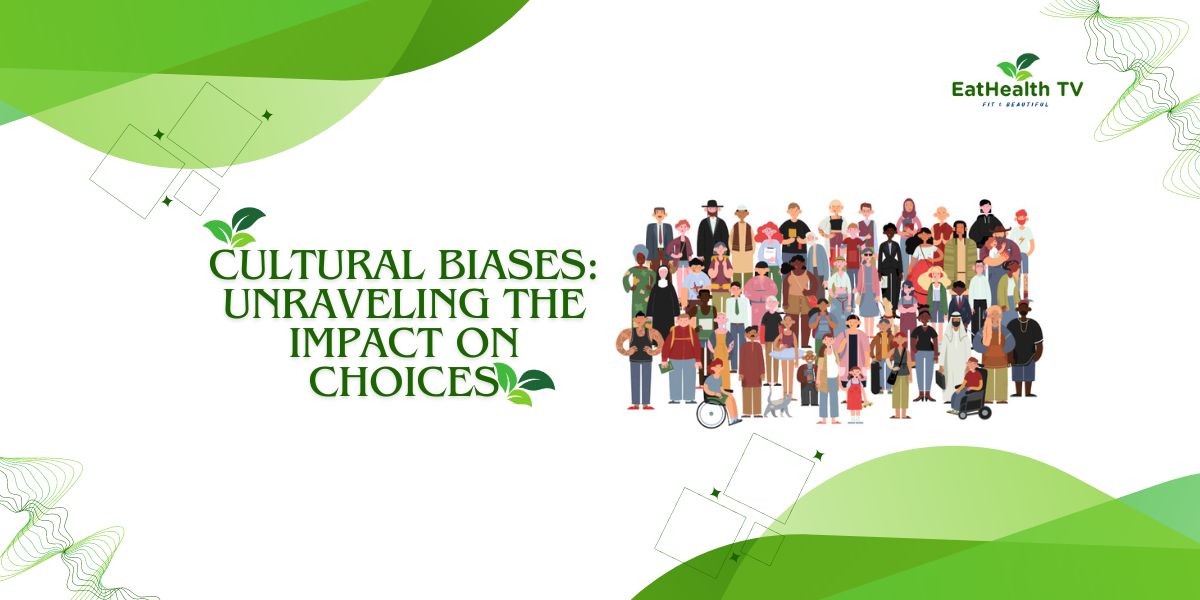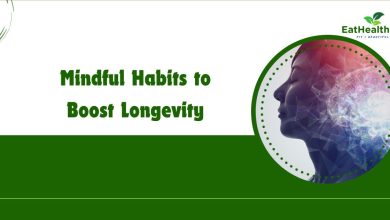Cultural Biases: Unraveling the Impact on Choices
Unveiling the Layers: How Cultural Biases Shape Our Worldview

Cultural Biases: Unraveling the Impact on Choices
Cultural biases are deeply ingrained beliefs, attitudes, and stereotypes that influence our perceptions, behaviors, and decision-making processes. Whether we are aware of them or not, these biases shape the way we view the world and interact with others. In this comprehensive guide, we will explore the concept of cultural biases, examine their impact on individual and collective choices, and discuss strategies for recognizing and mitigating their effects.
Understanding Cultural Biases: A Closer Look
- Definition and Types: Cultural biases refer to the tendency to favor one’s own culture or group over others, often leading to unfair or discriminatory treatment of individuals from different backgrounds. Common types of cultural biases include ethnocentrism, stereotypes, prejudice, and discrimination, all of which can manifest in various aspects of life, including education, employment, healthcare, and social interactions.
- Roots and Origins: Cultural biases are rooted in our upbringing, socialization, and exposure to cultural norms and values from a young age. They are reinforced through family, peers, media, and societal institutions, shaping our worldview and influencing our attitudes towards people who are different from us.
- Impact on Decision Making: Cultural biases can have significant implications for decision making, leading to biased judgments, unfair treatment, and unequal opportunities for individuals from marginalized or underrepresented groups. These biases can affect everything from hiring practices and academic evaluations to healthcare diagnoses and legal proceedings, perpetuating systemic inequalities and disparities in society.
Examples of Cultural Biases in Action
- Gender Bias: Gender bias refers to the tendency to favor one gender over another, often resulting in unequal treatment and opportunities for men and women. This bias can manifest in various forms, such as stereotypical expectations of gender roles, differential treatment in the workplace, and unequal access to resources and opportunities based on gender. Just as we know Revolutionary Ideas: Historical Roots of Modern Living
- Racial Bias: Racial bias involves the tendency to favor one race or ethnic group over others, leading to discrimination, prejudice, and systemic inequalities. Examples of racial bias include racial profiling by law enforcement, disparities in access to quality education and healthcare, and unequal representation in positions of power and leadership.
- Cultural Bias: Cultural bias occurs when individuals or groups favor their own cultural norms, values, and practices over those of others, often leading to misunderstandings, conflict, and discrimination. This bias can manifest in various contexts, such as language barriers, cultural stereotypes, and ethnocentric attitudes towards people from different cultural backgrounds.
Recognizing and Overcoming Cultural Biases
- Cultivating Cultural Competence: Cultivating cultural competence involves developing awareness, knowledge, and skills to effectively navigate diverse cultural contexts and interactions. This includes challenging our own biases, seeking to understand perspectives different from our own, and adopting an open-minded and empathetic approach to cultural differences.
- Promoting Diversity and Inclusion: Promoting diversity and inclusion involves creating environments that value and celebrate cultural diversity, where individuals from all backgrounds feel respected, valued, and included. This requires proactive efforts to address biases, promote equity and access, and create opportunities for marginalized or underrepresented groups to thrive.
- Education and Awareness: Education and awareness are essential for addressing cultural biases and fostering a more inclusive society. This includes promoting diversity education, cultural sensitivity training, and initiatives that challenge stereotypes, promote empathy, and foster intercultural understanding and appreciation.
Conclusion
In conclusion, cultural biases are pervasive and deeply ingrained beliefs and attitudes that influence our perceptions, behaviors, and decision-making processes. Whether implicit or explicit, these biases have far-reaching implications for individuals, communities, and societies, perpetuating inequalities and disparities based on factors such as gender, race, ethnicity, and culture.
By recognizing and addressing cultural biases, we can work towards creating a more inclusive and equitable society where everyone has the opportunity to thrive regardless of their background or identity. As we continue to unravel the impact of cultural biases on choices, let us strive to cultivate empathy, understanding, and respect for the diversity of human experience, and work towards building a world where everyone is valued and respected for who they are.




